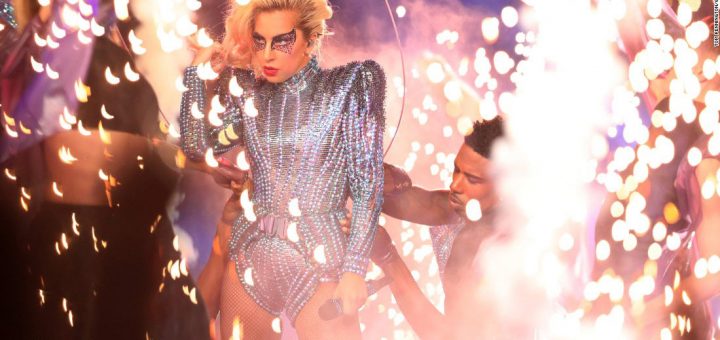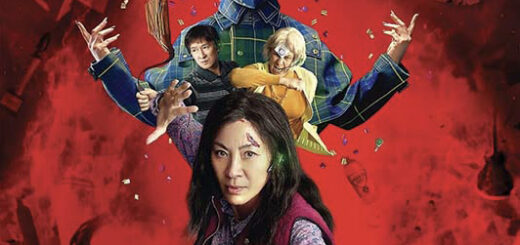The art of the halftime show

How sport’s greatest show came to be
By Colin Macgillivray, Arts Editor
The Super Bowl is a lot like the holidays. It brings people together. Usually, there is an exorbitant amount of unhealthy, delicious food. Yes, there is needless fighting too, with family and friends turning against each other for the most ridiculous of reasons. But, just like how presents under a glowing Christmas tree will bring even the naughtiest of naysayers together, the Super Bowl halftime show somehow manages to connect hardcore sports fans with the most casual touchdown enthusiasts.
Yet, you must be asking yourself, when did the Super Bowl halftime show become must watch television? When did it become a grandiose display of artistic inventiveness? How did the pageantry and silliness of Lady Gaga jumping off of a incredibly tall staircase and catching a bedazzled football overshadow Tom Brady’s legendary Super Bowl comeback?
It’s because performance and pageantry can bring people together much more than big, beefy men throwing the pigskin around can.
Funnily enough, the glorious Super Bowl halftime show that we know and love today would be ridiculed just 50 years ago, when the Super Bowl began to take off. With the early events being dedicated to sport and sport alone, the first few halftime shows being populated by local marching bands and drill teams. Not knocking marching bands down, but they’re no Beyoncé in terms of sheer spectacle.
Themes also seemed to dominate the early years of the halftime show. Ranging from the relatively straightforward tribute to Duke Ellington at Superbowl IX, which was surprisingly, a tribute to legendary jazz musician Duke Ellington, to the outright confusing theme of Superbowl XVII which happened to be called KaleidoSUPERscope, whatever that means.
But, in 1992, everything changed. The halftime show, which had a haphazardly thrown together group of performers, was one of the worst ever. There were giant snowmen, a gluttonous amount of fake snow and members of the 1980 U.S. Olympic hockey team. It was weird. This disastrous show, coupled with the fact that the Fox Network aired a special-live edition of the hit show In Living Color, proved to be the catalyst that turned Superbowl halftime shows into the must see events that they are.

Before the Superbowl Half-Time show became a must watch event, ridiculous shows such as 1992’s dizzying display of all things winter slowly put the show on the map. Photo courtesy of KSTP.com
But how did a terrible event that had low ratings change the Super Bowl halftime show? Well, after the laughable event, Rick Lewis, a forgettable employee from Select Productions, the production company that was in charge of the halftime show, pitched the brilliant idea of showcasing top-tier performers in concert-like performances. Little did Lewis know, his idea revolutionized modern marketing, sporting events and collaborative performance.
The 1993 Superbowl is known as one of the most watched events in American television history. The game itself was a blowout, as the Dallas Cowboys thrashed the Buffalo Bills 52-17 in a forgettable game. The reason why the Superbowl is the biggest event in the sporting world today is not just because of football fans around the world. It’s because Michael Jackson performed at the 1993 Superbowl halftime show and united the worlds of sport and arts.
So, next time you’re wondering why the Superbowl is such a big deal, it’s not because of Tom Brady, it’s because of Michael Jackson.




